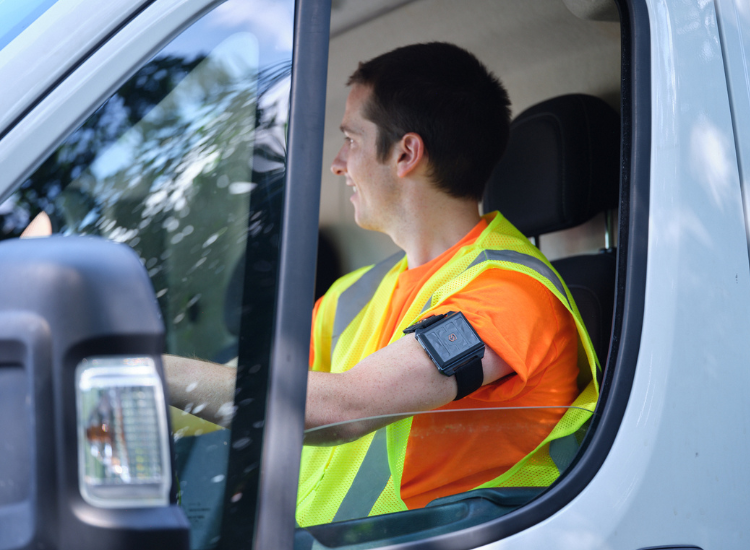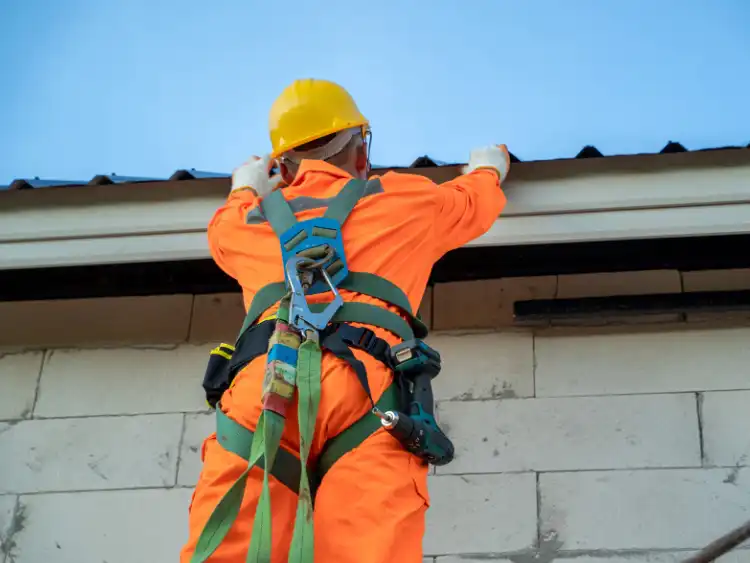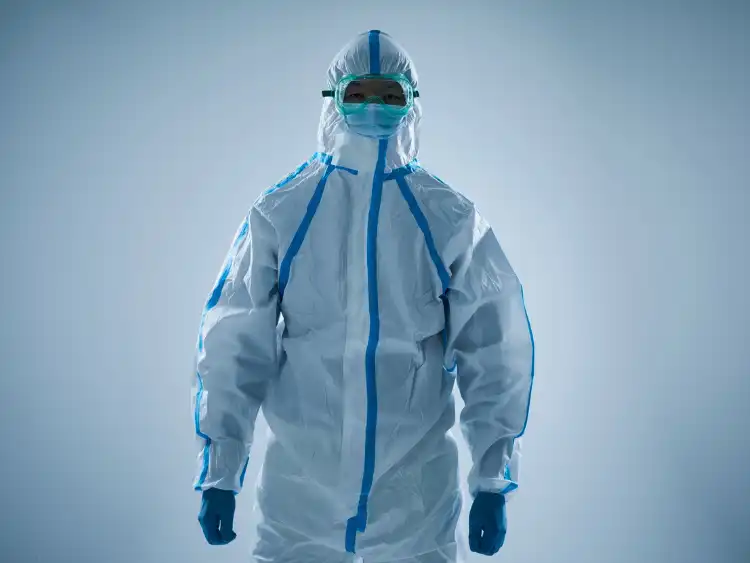Personal protective equipment (PPE) is essential for protecting workers from chemical, physical, and biological hazards. Yet in hot environments, both indoors and outdoors, PPE can increase the risk of heat-related illnesses. Understanding how PPE contributes to this risk and knowing mitigation strategies and prevention is critical for occupational health and safety.

How PPE Increases Heat Stress
PPE such as respirators, face shields, waterproof aprons, encapsulating suits, boots, gloves, and gowns can hinder the body’s ability to cool down. These garments:
- Impede sweat evaporation, the body’s primary cooling mechanism
- Trap heat and moisture close to the skin
- Increase metabolic heat through added physical effort
This combination can elevate core body temperature faster than standard work clothing, even under the same environmental conditions. For example, studies show that face masks and respirators can impair thermoregulation by limiting heat dissipation through the face and head.
Protective Strategies for PPE-Related Heat Stress
To minimize the heat burden caused by PPE, employers and safety managers should consider a multi-layered approach. Some strategies include:
1. Tailored Work/Rest Schedules
Rest periods should account for:
- Type and duration of PPE worn
- Worker fitness, hydration, and acclimatization
- Environmental factors such as ambient temperature, humidity, radiant heat, and wind
The NIOSH Criteria for a Recommended Standard: Occupational Exposure to Heat and Hot Environments provides detailed guidelines on structuring these schedules.
2. Active and Passive Cooling During Breaks
Because core temperature drops slowly after exertion, resting is not sufficient by itself to cool the body quickly. What will help is combining hydration with cooling interventions, such as:
- Removing PPE when safe to do so
- Applying cold packs or cool, wet towels
- Using wearable cooling systems like ice vests
- Moving to air-conditioned or shaded areas
Active cooling during breaks can help improve recovery and performance times in high-heat conditions.
3. Use of Personal Cooling PPE
Auxiliary cooling systems can counteract PPE-imposed heat strain. These include:
- Ice vests or phase-change cooling vests
- Air- or water-cooled garments
- Wetted overgarments
These systems vary widely in terms of effectiveness, cost, and practicality. For example, ice vests are inexpensive but may lose cooling capability too quickly. Water-cooled garments, while effective, often require the worker to remain tethered to a stationary system, reducing mobility.

4. Use of Wearable Monitoring Technology
Wearable sensors offer a proactive approach to managing heat stress while wearing PPE. These technologies can:
- Monitor real-time physiological data like core temperature, heart rate, and exertion
- Trigger alerts when workers approach dangerous heat thresholds
- Inform safety managers and workers about individualized responses to heat exposure
These systems can enhance traditional safety practices by supporting earlier intervention and more tailored work/rest strategies. While not a substitute for environmental controls, wearable monitoring can be a valuable layer of protection in hot, high-risk conditions.
Limitations and Practical Considerations
While promising, personal cooling systems are not without trade-offs:
- Some are too heavy or cumbersome for practical use
- Cooling duration may be too short to span an entire shift
Overcooling can reduce heat transfer from the body to the environment, limiting effectivenes.
Choosing the right solution requires balancing protection, mobility, weight, and cooling efficiency.

Indoor vs. Outdoor Considerations
Outdoor workers face direct solar radiation and variable wind conditions, making shade and hydration essential. Indoor workers, especially in hot, enclosed spaces, may experience elevated heat due to poor ventilation or machinery. Using fans or air-conditioned recovery spaces is critical in these settings, but fans must be evaluated carefully in environments where contaminants may be present.
Conclusion
PPE is non-negotiable in hazardous environments, but its contribution to heat stress cannot be ignored. By tailoring work practices, integrating cooling interventions, and selecting more breathable or heat-mitigating PPE where possible, employers can reduce the risk of heat-related illnesses without compromising protection.
Key Takeaways:
- PPE can trap heat and increase physical exertion, raising core body temperature
- Use rest breaks strategically with active cooling techniques
- Evaluate cooling PPE for feasibility and fit in your specific work setting
- Align strategies with NIOSH and CDC heat stress guidance for best results

